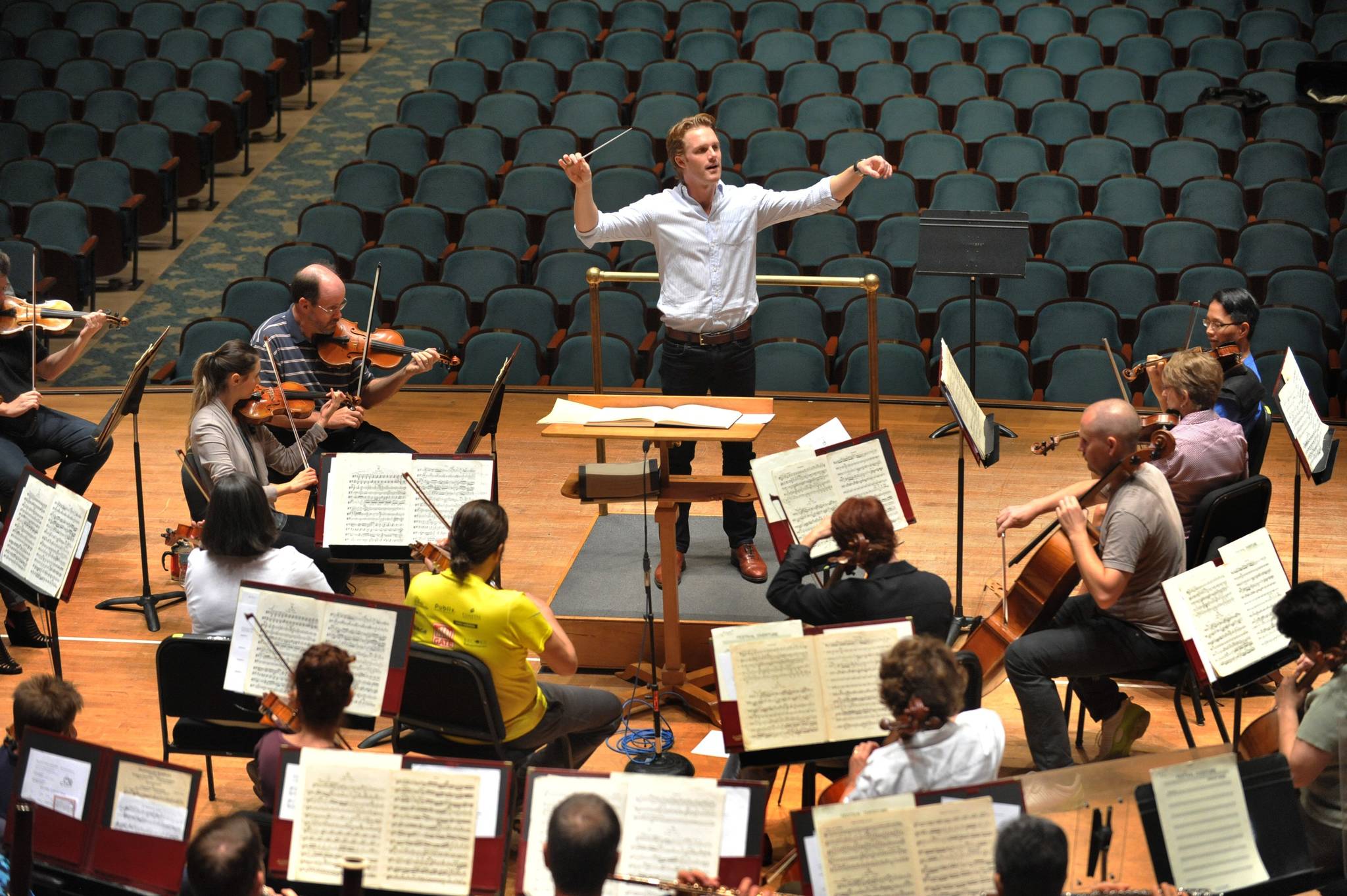
Further extensions were mainly limited to brass and percussion.

In the later part of the 1800s, helped along by Berlioz’ innovations, instruments such as harp, modern tuba, English horn, bass clarinet, Eb clarinet, modern double bassoon, bass trombone, etc., eventually became standard in the largest orchestras. At times Beethoven wrote individual parts for the double basses (which until then almost without exception had doubled the cellos), a practice that soon became more common.

The 5th symphony also requires an early form of double bassoon, the 5th and 6th a piccolo flute, and eventually the number of horns was increased from two to three or four. Until then, trombones had been used almost exclusively in church music and for special dramatic effects in operatic works, but Beethoven prescribed one or more trombones in his 5th, 6th and 9th symphonies (in addition to a number of percussion instruments in the latter). Later, two clarinets were added, and the advent of Beethoven initiated an ongoing extension of the orchestra. Consisting of strings, two flutes, two oboes, two bassoons, two horns, two trumpets and kettledrums, the Mannheim School developed the individualization of the woodwinds, while the strings began to use coordinated bowing. The basis for the modern orchestra goes back to the widely renowned Court Orchestra in Mannheim during the 1750s, a time at which the baroque continuo group was gradually disappearing. Parts were more or less randomly assigned to the instruments available, and while strings eventually developed into the grouping used today (two groups of violins, violas, cellos and possibly double basses), it took far more time to reach a similarly common standard for the use of winds. Frequently, composers of the time included only rudimentary indications (or none at all) as to which or how many instruments were required for a specific work. Subsequently, and until the middle of the 1700s, the size and composition of the orchestra varied greatly, depending on both practical and financial conditions.

Ensembles similar in size to the classical orchestra emerged just after 1600 in connection with the early development of opera.


 0 kommentar(er)
0 kommentar(er)
